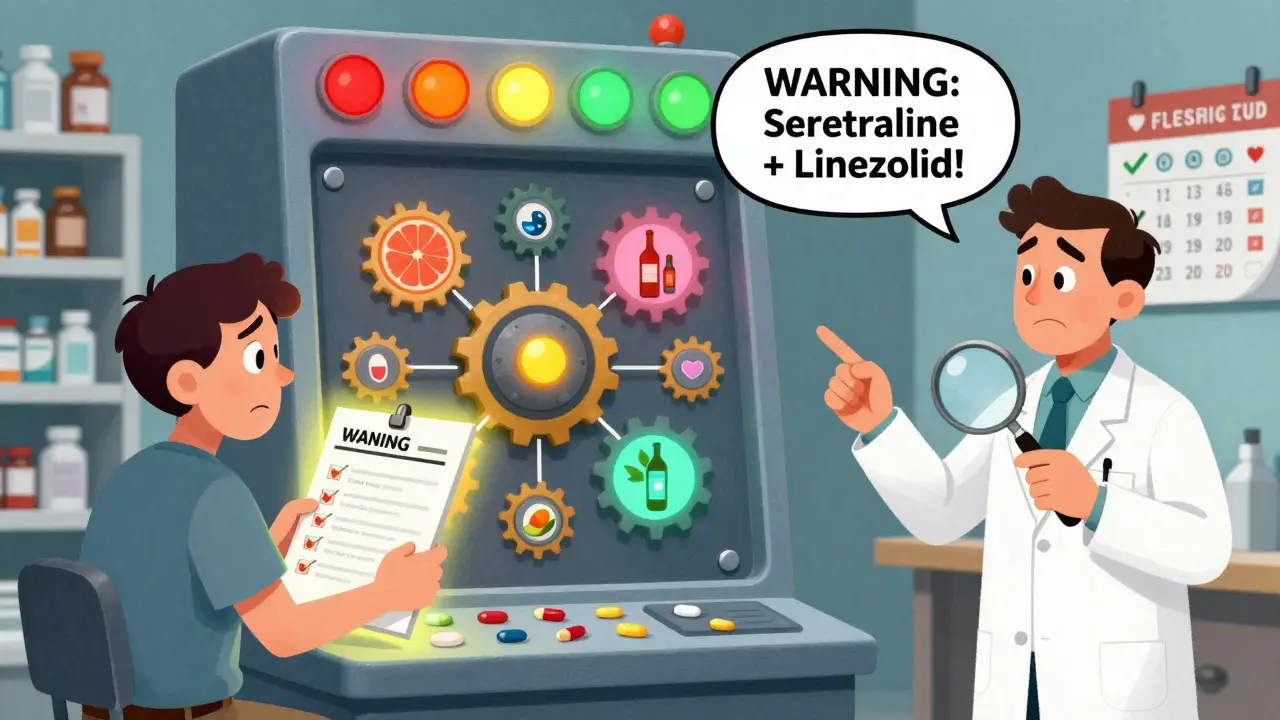GERD diet: Foods, Tips, and Lifestyle Changes
When working with GERD diet, a nutrition plan built to lower gastro‑esophageal reflux by controlling meal timing, portion size, and food composition. Also known as acid reflux diet, it helps many people keep heartburn at bay.
At its core, the GERD diet tackles GERD, a chronic condition where stomach acid frequently flows back into the esophagus, causing discomfort. The condition is often labeled acid reflux, the sensation of burning that rises from the stomach toward the throat. GERD diet encompasses trigger food avoidance, GERD diet requires lifestyle modifications, and acid reflux influences GERD symptoms. Understanding these links lets you shape meals that soothe rather than provoke.
First, identify the foods that most often trigger reflux. High‑fat meals, fried items, citrus juices, tomato‑based sauces, chocolate, mint, garlic, and caffeine are frequent offenders. Swapping a greasy burger for a grilled chicken salad with olive oil and a splash of lemon keeps flavor without the heavy fat load. Eating smaller portions reduces stomach pressure, which is a key factor in the GERD diet. Also, wait at least two to three hours after eating before lying down; gravity helps keep acid where it belongs. For many, raising the head of the bed 6‑8 inches adds a nightly safety net.
Beyond food, lifestyle tweaks amplify the diet’s impact. Maintaining a healthy weight eases abdominal pressure, and regular, moderate exercise—like brisk walking or yoga—boosts digestion. If you smoke, quitting can dramatically lower reflux episodes because nicotine relaxes the lower esophageal sphincter. Alcohol, especially wine and beer, also relaxes that valve, so limiting intake or choosing low‑alcohol alternatives can be a game‑changer. Tracking symptoms in a simple journal helps you spot patterns and refine your plan.
Medication and diet often work hand‑in‑hand. Over‑the‑counter antacids, H2 blockers, or prescription proton‑pump inhibitors (PPIs) can control acid while you adopt the new eating habits. However, relying solely on pills without dietary changes usually leads to rebound symptoms once meds are stopped. Combining the GERD diet with proper medication titration, under a doctor’s guidance, creates a sustainable approach that reduces dependence on drugs over time.
Now that you’ve got the basics—what to eat, what to skip, how to move, and when to use meds—you’re ready to explore deeper. Below you’ll find a curated set of articles that dive into specific foods, meal plans, supplement options, and real‑world success stories. Use them to fine‑tune your own plan and finally keep that burning sensation in check.
Daily GERD Management Tips: Live Comfortably with Acid Reflux
Practical, daily strategies for living with GERD-diet tweaks, lifestyle habits, medication guide, symptom tracking and when to see a doctor-all in one easy-to-follow article.






